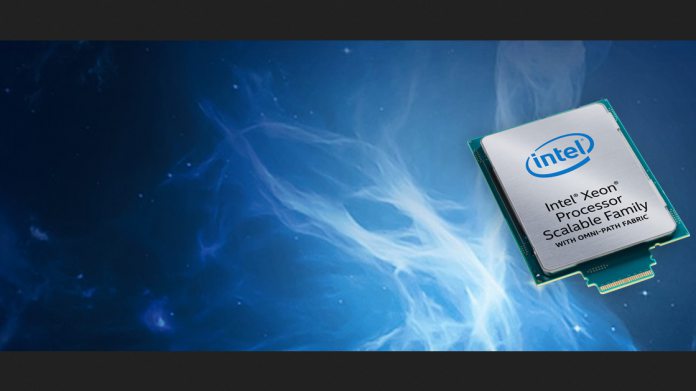Leading the pack is the Xeon 8180M, which sports 28 cores and 56 threads. It also gets a turbo clock capable of running at 3.8GHz and a power draw of 250W. For this high-spec’d performance, customers will need to spend $13,000. Once you’ve stopped wincing, it is worth noting that the Xeon line has always been expensive and does represent the very top of the market. Of course, that’s because they are made for enterprise use and not for normal consumers, even those who chase the most beastly hardware. For consumers, even at the high-end, Intel caters for them with the Core-i9-7900X. That processor is no slouch (10 cores and 20 threads), but it costs a full $12,000 less than the 8180M. We are certainly not trying to justify the admittedly huge cost of the Xeon series, but merely adding perspective.
However, we can also not ignore the fact that the top range Xeon now costs nearly twice as much as its predecessor. At $13,000 apiece, it is even a major outlay for enterprise customers. Normally they will buy in bulk and get a discount, but still the cost will be prohibitive for many. Customers can slash $3,000 off the 8180 range by choosing not to have extended DRAM support. The Xeon line actually starts with a CPU that has 16 cores at 2.8GHz turbo, which costs $3,155.
Intel Strategizing
Earlier in the year, Intel confirmed it was making a notable change in the way it develops technology. Until 2017, the company has always developed chips for the consumer PC market first. Users on regular PCs would see Intel’s processors first before the company moved them to other sectors. Now, Intel has decided it needs to focus on datacenters, where it makes the bulk of its revenue. Enterprise and datacenter will now see the company’s new technology before consumer users. Declining PC sales and rising need for datacenter power have driven the decision.




